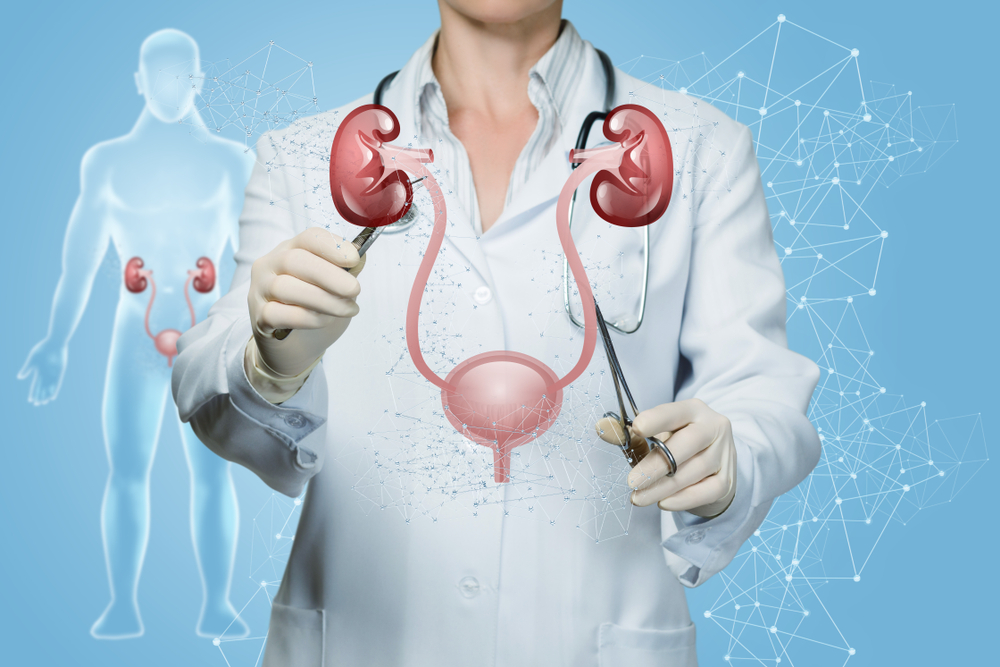What Is TURP?
TURP stands for Transurethral Resection of the Prostate and is a procedure used to address urinary problems caused by an enlarged prostate. If a man has moderate to severe urinary problems that do not respond to medication, his doctor may suggest a TURP. In a TURP procedure, parts of the prostate that are causing problems are removed through the penis. No incisions are necessary.
A TURP procedure may be recommended by your doctor to address the following health concerns that result in blocked urine flow:
- Recurring urinary tract infections
- Bladder or kidney damage
- Inability to control urine flow or inability to urinate at all
- Bladder stones
- Blood in urine
- BPH (benign prostatic hyperplasia)
What Is BPH?
BPH, short for benign prostatic hyperplasia, is a medical condition that is commonly treated with a TURP procedure. As men get older, their prostate gland often grows larger, hence another name for the condition: prostate gland enlargement. This condition specifically is benign in that it is non-cancerous. An enlarged prostate gland can block urine flow or put pressure on the bladder. It can also lead to other problems with the bladder, kidneys, or urinary tract. Studies show that over 60% of men over the age of 60 struggle with issues due to an enlarged prostate.
Symptoms of BPH include:
- A frequent or urgent need to urinate
- Difficulty starting urination in spite of the urge to empty your bladder
- Intermittent stopping and starting during the urine flow
- Dribbling at the end of the urine stream
- Inability to completely empty the bladder
What Can I Expect During The TURP Procedure?
A TURP procedure takes about 60 to 90 minutes to perform. You may be given general anesthesia so that you will be unconscious during the procedure, or you may remain conscious in the event that you are given spinal anesthesia. To prevent infection, you may also be given a dose of antibiotics. Prior to surgery, your doctor may ask you to refrain from cigarettes for several weeks if you have a smoking habit.
Most patients remain in the hospital for one to two days after surgery. Due to the swelling from the procedure, a urinary catheter will be put in place and can usually be removed after 24 to 48 hours. Your doctor is likely to recommend drinking lots of water and eating foods with high fiber content. You will be asked to avoid driving, strenuous activity, and heavy lifting, and abstain from sex for four to six weeks so that you have adequate time to recover.
Your doctor will go over possible side effects to expect from the procedure during your healing process. Your healthcare provider will also review signs that indicate something more serious post-surgery, in which case you should contact your doctor. If you have any questions or concerns about the risks of the procedure or the surgery itself, it is important that you feel comfortable asking your doctor. There are other surgeries available to address issues caused by an enlarged prostate. To determine the best surgery for your needs, your doctor will consider your health, the size of your prostate gland, and the severity of your symptoms, and will also consult you about which surgery you feel you are most comfortable with.
If you are seeking the best in prostate care in New York City, consider 1Prostate. 1Prostate is proud to offer a number of treatments to address Benign Prostatic Hyperplasia with two locations to serve Manhattan, Queens, and the surrounding areas. At 1Prostate, we can provide the latest, state-of-the-art non-surgical treatment to address enlarged prostate and its symptoms. Call 212-991-9991 to ask about how we can help you today.













